Dr. Pepper: Strong Brand, Cheap Stock
The Street doesn't know what to make of this recent spin-off, but the price looks enticing.

Spin-offs often make fecund hunting ground for value investors. When a company boots a subsidiary or a division out of the nest, the fledgling stock is parsed out to the parent's shareholders. Those investors often dump the spin-off because it is, say, too small or they don't understand the unit's business or for myriad other reasons having nothing to do with the newbie's qualities. As a result, a spin-off usually goes through a phase of indiscriminate selling before finding its own feet in the market.
Newly independent Dr. Pepper Snapple Group appears to be a classic case. British candy-maker Cadbury spun off the soda company to shareholders on May 7, with the stock (symbol DPS) debuting at $29. But the shares, which Cadbury expected to bubble up into the $30s, have languished and closed May 21 at $25.51.
Little more than a year ago, private-equity groups courting Cadbury for its drinks business priced Dr. Pepper Snapple at as much as $16 billion. One credit crunch later and the market values the company at $6.5 billion.
From just $107.88 $24.99 for Kiplinger Personal Finance
Become a smarter, better informed investor. Subscribe from just $107.88 $24.99, plus get up to 4 Special Issues

Sign up for Kiplinger’s Free Newsletters
Profit and prosper with the best of expert advice on investing, taxes, retirement, personal finance and more - straight to your e-mail.
Profit and prosper with the best of expert advice - straight to your e-mail.
The Street's apprehensions seem to revolve around Dr. Pepper Snapple's place in a crowded U.S. beverage market. The company has a broad portfolio of more than 50 brands, including such household names as Canada Dry, Schweppes and Nantucket Nectars. But with 15% of sales volume in the U.S. market, Dr. Pepper Snapple ranks a distant third, behind Coca-Cola (KO) and PepsiCo (PEP), which together account for 74%.
And Coke and Pepsi have had a big head start at tackling Americans' shifting tastes, which have moved to healthier juices, teas and enhanced waters. "Everybody knows that's where consumer tastes have moved, and Coke and Pepsi have been paying a lot of money to acquire these brands and move them into key locations quickly," says Jeroen van Leersum, an analyst at Johnson Investment Counsel, which manages the Johnson Equity Income fund. "But Dr. Pepper doesn't really have the resources for that."
The company relies heavily on the U.S. soda market, which has witnessed declining sales in each of the past three calendar years. Dr. Pepper Snapple, which is based in Plano, Texas, generates 89% of its revenues from the U.S. market and 80% of its sales volume from sodas.
By comparison, Coke gets 74% of its sales outside of North America and Pepsi, which is a major player in snack foods as well as pop, collects more than 40% of its total revenues internationally. "North American consumption of carbonated soft drinks is as high as it ever will be," Leersum says. Yet Dr. Pepper's chief executive officer, Larry Young, has said the company plans to focus on North America for the foreseeable future.
And efforts to spice up Pepper's lineup outside of carbonated sodas have fallen flat. Snapple's sales volumes declined 20% from the time Cadbury acquired it, in 2000, through 2006, despite consumer tastes working to Snapple's favor. Snapple sales edged up 5% in 2007, but the poor performance that year of the new Accelerade sports-drink line trimmed Dr. Pepper Snapple's profits by $55 million.
But Dr. Pepper Snapple has a core lineup of brands with durable, if not rapidly growing, market positions. The Dr. Pepper brand has a deep-rooted following in the South, says Zacks analyst Steven Ralston, and was one of the few non-diet soda brands to gain market share in 2007 (the diet version also gained share in 2007). Several of the company's brands, including Dr. Pepper, Mott's, Sunkist and A&W, are number one in their categories, and 75% of revenues come from number one or number two brands.
In 2007, the Dr. Pepper Snapple group boosted revenues by 21%, to $5.7 billion (excluding the impact of acquisitions, the increase was 3%). Pepper officials expect sales to rise 3% to 5% a year over the long-term.
Wall Street's tastes could change once it gets a better grasp on the business. Unlike Coke and Pepsi, Dr. Pepper Snapple owns a large portion of its bottling system. Because bottling is a more capital-intensive business, the major bottlers, such as Coca-Cola Enterprises (CCE) and Pepsi Bottling Group (PBG), command lower price-to-earnings ratios than the companies whose syrups they buy and turn into soda. Coca-Cola and PepsiCo currently trade for 19 and 18 times estimated 2008 earnings, respectively, compared with an average P/E ratio of 14 for the bottlers.
By this logic, Dr. Pepper Snapple's P/E ratio should be in the middle of that range, but investors have been treating the company like a bottler. The stock trades for 14 times estimated 2008 earnings of $1.88 per share.
Investors also may look more kindly on the stock once the company has an earnings release or two under its belt. "Under Cadbury, its financial statements weren't reported in U.S. dollars," Ralston says. "And quarterly earnings figures aren't available." He rates the stock a "buy" and gives Dr. Pepper Snapple a six-month price target of $35.75.
Profit and prosper with the best of Kiplinger's advice on investing, taxes, retirement, personal finance and much more. Delivered daily. Enter your email in the box and click Sign Me Up.

-
 Gold and Silver Shine as Stocks Chop: Stock Market Today
Gold and Silver Shine as Stocks Chop: Stock Market TodayStocks struggled in Friday's low-volume session, but the losses weren't enough to put the Santa Claus Rally at risk.
-
 Don't Wait Until January: Your Year-End Health Checklist to Kickstart 2026
Don't Wait Until January: Your Year-End Health Checklist to Kickstart 2026Skip the fleeting resolutions and start the new year with a proactive plan to optimize your longevity, cognitive health, and social vitality.
-
 Premium Rewards Cards: More Perks, Higher Fees
Premium Rewards Cards: More Perks, Higher FeesSome issuers are hiking the annual fee on their flagship luxury credit cards by hundreds of dollars. Are they still worth using?
-
 If You'd Put $1,000 Into Coca-Cola Stock 20 Years Ago, Here's What You'd Have Today
If You'd Put $1,000 Into Coca-Cola Stock 20 Years Ago, Here's What You'd Have TodayEven with its reliable dividend growth and generous stock buybacks, Coca-Cola has underperformed the broad market in the long term.
-
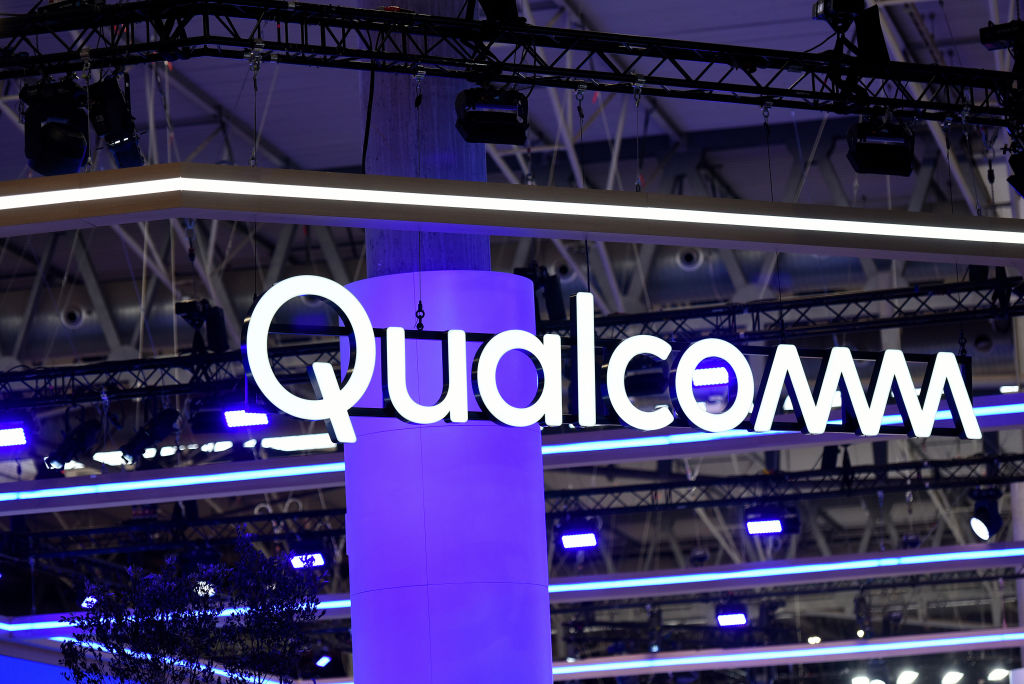 If You Put $1,000 into Qualcomm Stock 20 Years Ago, Here's What You Would Have Today
If You Put $1,000 into Qualcomm Stock 20 Years Ago, Here's What You Would Have TodayQualcomm stock has been a big disappointment for truly long-term investors.
-
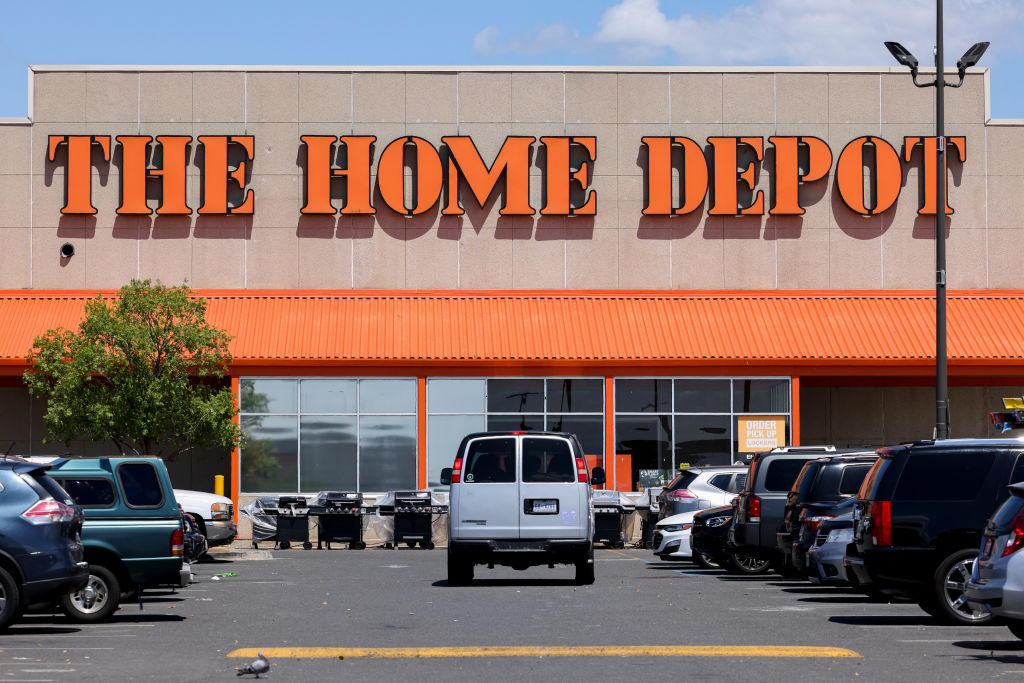 If You'd Put $1,000 Into Home Depot Stock 20 Years Ago, Here's What You'd Have Today
If You'd Put $1,000 Into Home Depot Stock 20 Years Ago, Here's What You'd Have TodayHome Depot stock has been a buy-and-hold banger for truly long-term investors.
-
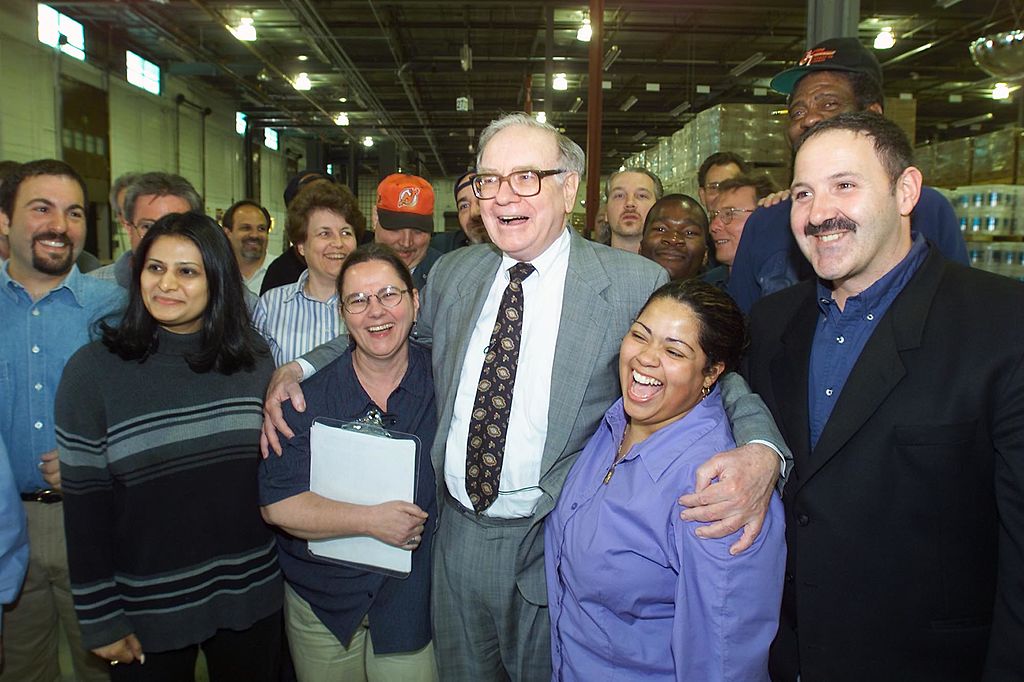 What the Rich Know About Investing That You Don't
What the Rich Know About Investing That You Don'tPeople like Warren Buffett become people like Warren Buffett by following basic rules and being disciplined. Here's how to accumulate real wealth.
-
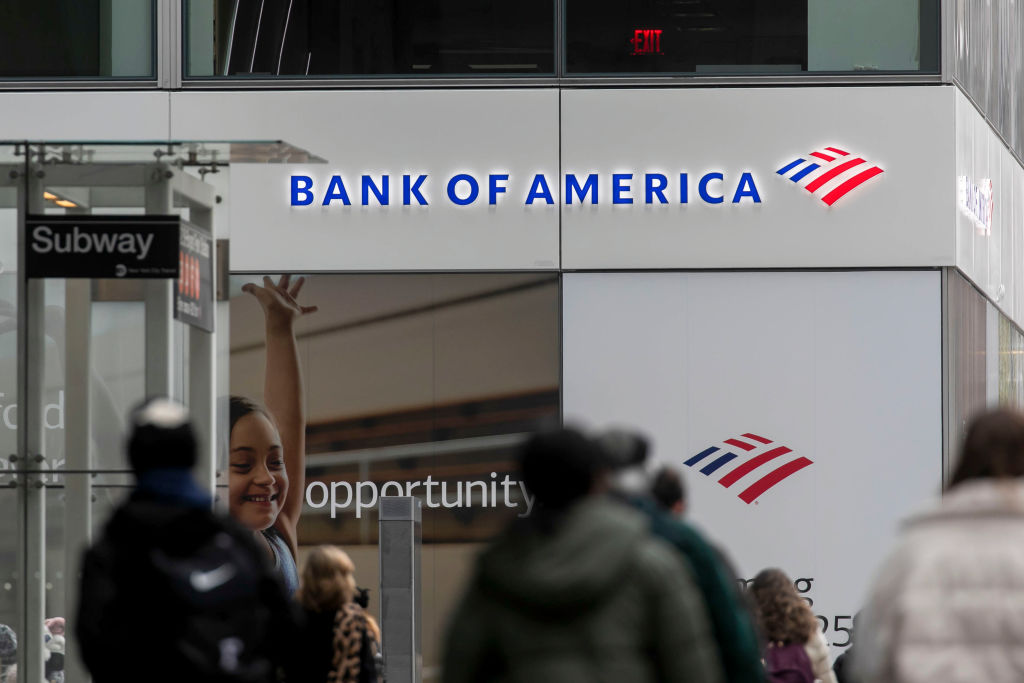 If You'd Put $1,000 Into Bank of America Stock 20 Years Ago, Here's What You'd Have Today
If You'd Put $1,000 Into Bank of America Stock 20 Years Ago, Here's What You'd Have TodayBank of America stock has been a massive buy-and-hold bust.
-
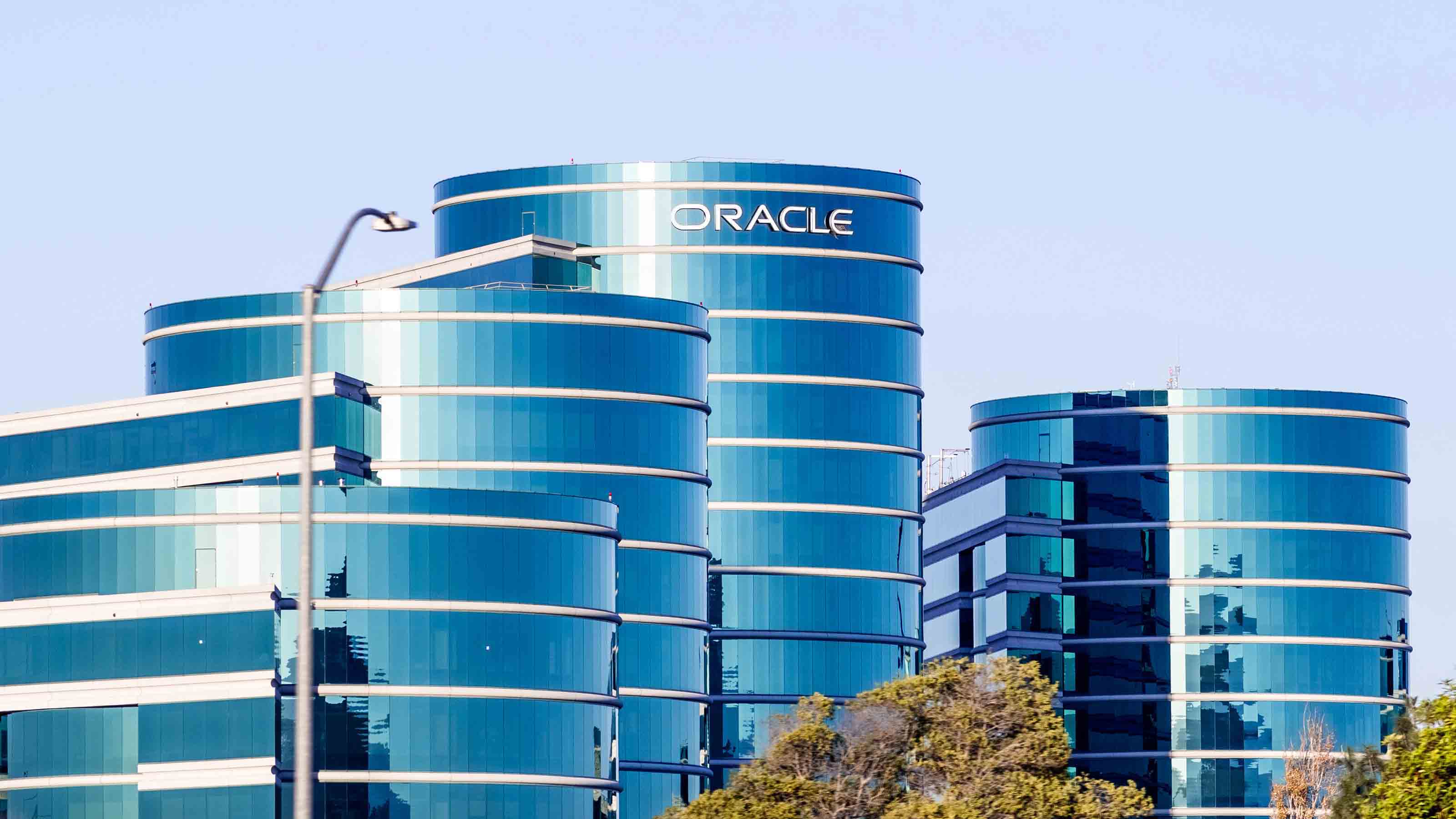
 If You'd Put $1,000 Into Oracle Stock 20 Years Ago, Here's What You'd Have Today
If You'd Put $1,000 Into Oracle Stock 20 Years Ago, Here's What You'd Have TodayORCL Oracle stock has been an outstanding buy-and-hold bet for decades.
-
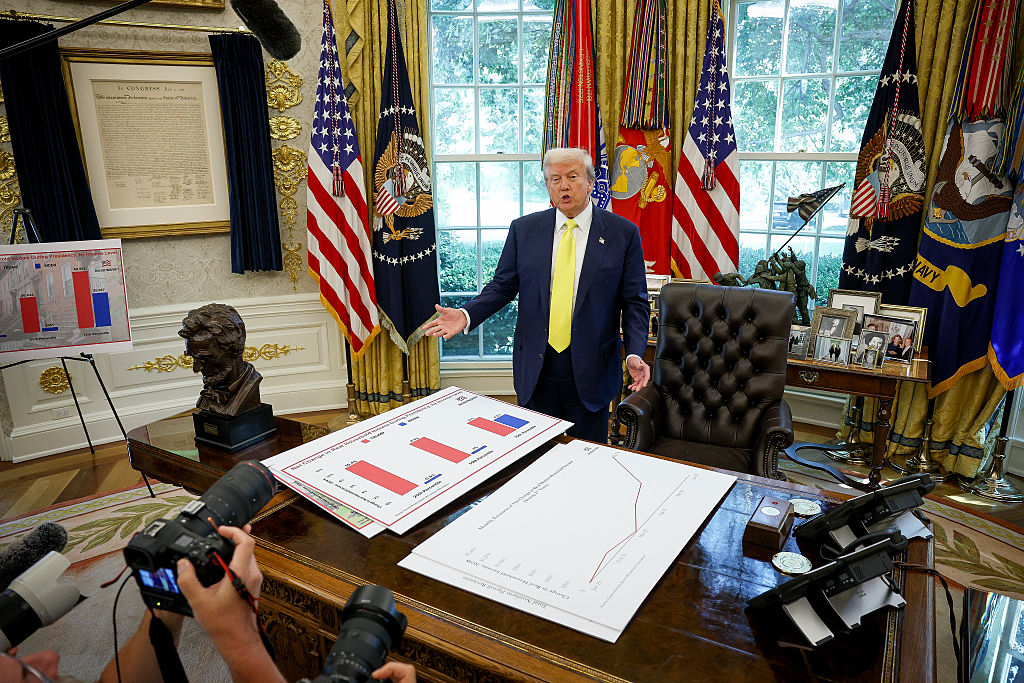 How to Invest for Rising Data Integrity Risk
How to Invest for Rising Data Integrity RiskAmid a broad assault on venerable institutions, President Trump has targeted agencies responsible for data critical to markets. How should investors respond?
-
 If You'd Put $1,000 Into Sherwin-Williams Stock 20 Years Ago, Here's What You'd Have Today
If You'd Put $1,000 Into Sherwin-Williams Stock 20 Years Ago, Here's What You'd Have TodaySherwin-Williams stock has clobbered the broader market by a wide margin for a long time.